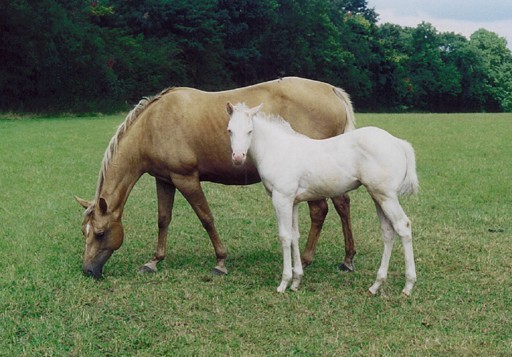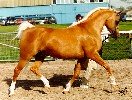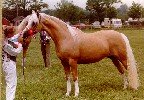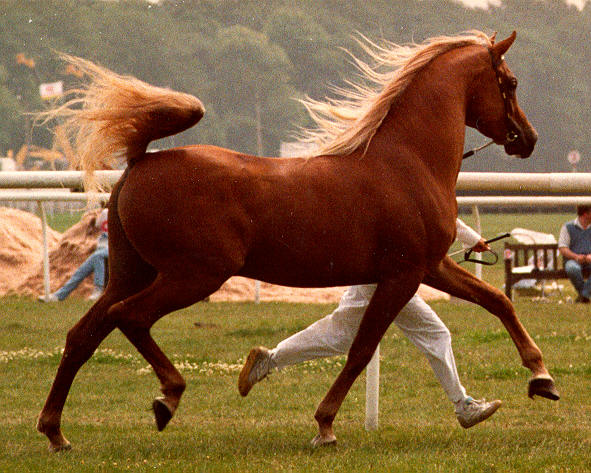breeding palomino horses
 Since palomino horses are heterozygous for the cream dilution gene it is not possible for them to be true breeding. Since palomino horses are heterozygous for the cream dilution gene it is not possible for them to be true breeding. The scheme below shows what happens when two palominos are bred together. There’s a 25% chance of a chestnut foal and a 25% chance of a cremello (cream) foal. There’s a 25% chance of a palomino foal inheriting the dilution gene from the mare and a 25% chance of a palomino foal inheriting the dilution gene from the stallion, giving a 50% chance overall of a palomino foal.



Palomino breeders often cross palomino and chestnut horses together to avoid the possibility of a cremello foal. In this case it doesn’t matter whether the chestnut is the stallion or the mare. Again the chances of a palomino foal are only 50%:
The only guaranteed way of producing palominos is to use one cremello parent and one chestnut parent. Again the chestnut should ideally be a red one with a light mane and tail and no dark hairs. It would also be useful to see the cremello’s own parents and/or offspring before deciding whether to use it for breeding palomino horses.
return to page on palomino horses
|
|
|||||||||||||||||||







